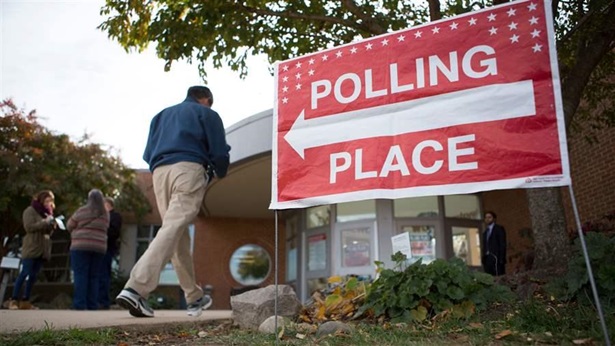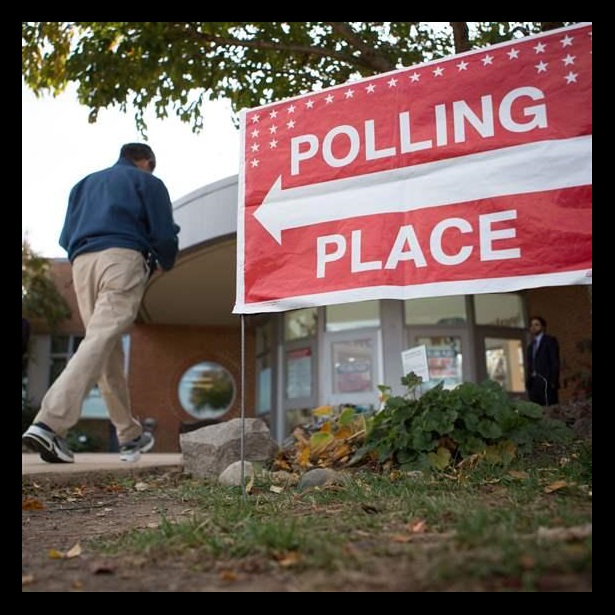On National Voter Registration Day, New Tools Make Registering Easier
Today is the fifth annual National Voter Registration Day (NVRD), and state governments, local election officials, and civic organizations across the country are holding events to encourage eligible citizens to register to vote in time to cast a ballot on Election Day and to highlight the growing number of ways in which Americans can complete or update their registrations. For example, Boca Raton, Florida, will hold an NVRD barbecue, New York City is planning for live music and a screening of a documentary, and countless jurisdictions are hosting local registration drives and conducting social media outreach.
Since the first National Voter Registration Day in 2012, the tools available to help Americans register to vote have expanded. At that time, just 14 states provided online voter registration; today, that number has more than doubled to 32 states and the District of Columbia. And more states have passed legislation to implement systems in 2017. The impact of this growth has been dramatic, even in states that only recently adopted online registration. For instance, Pennsylvania, which launched its online registration system last summer, saw at least 500,000 individual users log on to apply or update their information just over the past two months.
In addition, several states have adopted policies to automate their Motor Voter processes:
- Earlier this year, Oregon implemented a new automatic voter registration system, in which eligible citizens with records in the state’s motor vehicle licensing database are now added to the voter rolls by default, unless they opt out of registration.
- Connecticut recently automated its Motor Voter registration process and reported that in the first month 15,000 new individuals were registered to vote.
- Three other states—California, Vermont, and West Virginia—are moving toward automatic registration, and although their policies vary in scope and functionality, election officials in these states hope to increase and diversify their voting populations.
Many states and localities are working with Pew to upgrade voter registration processes, technologies, and outcomes to promote electoral participation and make voter registration systems more cost-effective, modern, and secure. To find your state’s online voter registration portal, click here. Or use the National Voter Registration Day tool to find out how to register or update your registration.
Alexis Schuler is the senior director and Samuel Derheimer is a manager for election initiatives at The Pew Charitable Trusts.
Follow us on Twitter using #electiondata and get the latest data dispatches, research, and news by subscribing today.













